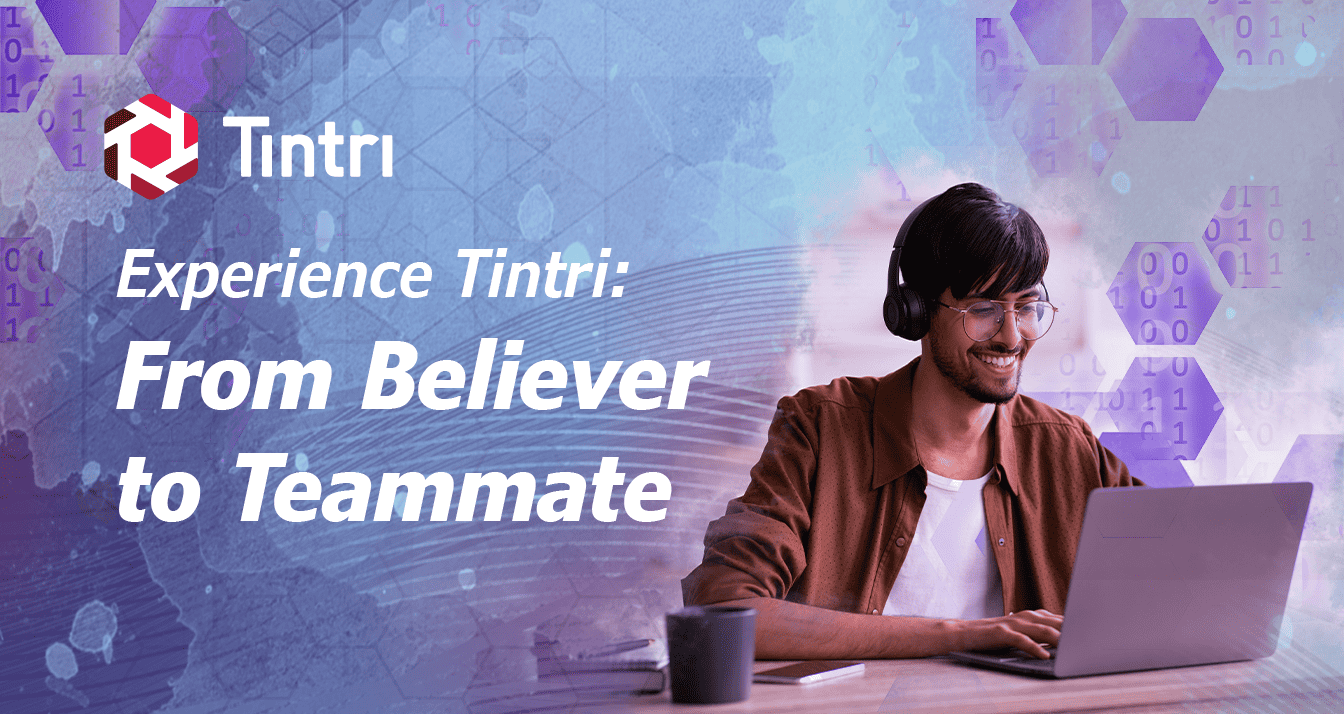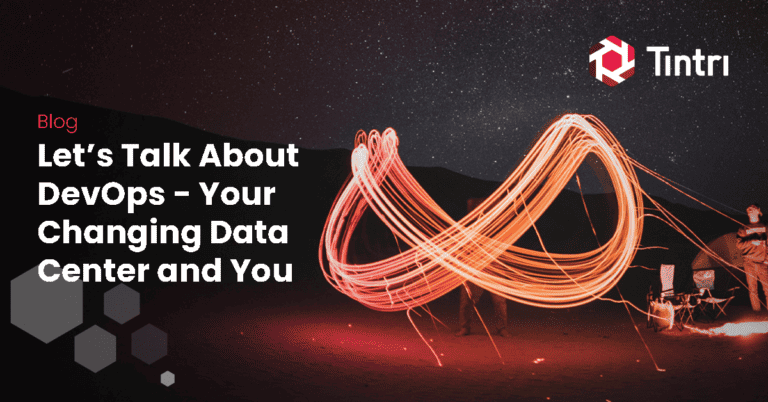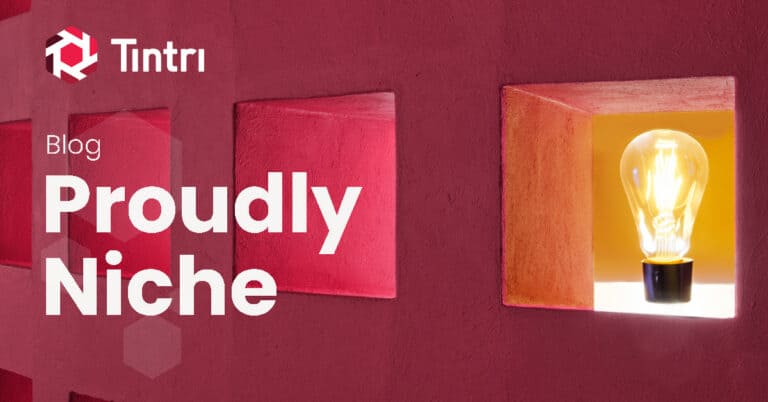Before I turned to the Dark Side of sales, I was a system administrator and later a manager (a different Dark Side altogether). In the early days of my last job, we deployed VMware Virtual Center/vSphere and rapidly became a victim of our own success. A few years into operating our VMware environment, we kept running into performance issues, not with the servers themselves but with the backing storage. This was in the bad ol’ days of spinning disk, when flash drives were just beginning to enter the enterprise storage arena. Our drive arrays were simply unable to keep up with the virtualization demands, in particular our virtual desktops.
Virtualization had seen a huge take-up in our company, with business teams requesting a flurry of new environments for all workload classes. Unfortunately, we rapidly experienced fallout from the VMware environment working too well: our enterprise storage arrays were not able to keep up with the ever-growing i/o demands. We iterated through multiple generations of arrays from a well-known storage vendor, then tried another major vendor (I am deliberately not naming names—that’s just rude), and even looked at possible add-in solutions. Nothing seemed able to meet our needs. Performance on our virtual machines suffered badly, as did the reputation of my team and that of the VMware environment. We would frequently see latency spiking over one hundred milliseconds, hauntingly over one thousand milliseconds in a few dreadful cases (for those of you playing along at home, yes, that’s over an actual full second of latency). To attempt addressing these issues, we shuffled VMs around, optimized LUN and volume allocations, applied performance polices, and went through performance counters with a fine-toothed comb looking for optimizations. There was no silver bullet, just incremental and transitory improvements.
Thoroughly dissatisfied with the results we’d obtained from the major storage vendors, my manager sent me on a mission to review the new companies in the field. I had started to get a sense of the competitive landscape when we were approached by a Tintri regional sales manager. This gentleman was known to us (and if you’ve worked in technology sales at all, you probably at least know of him too), because some years before we had purchased a disk-based backup solution from him. Since that experience had earned the trust of my management team, I proceeded with reviewing the Tintri solution. To be honest, I was not entirely convinced it was the technically superior solution. However, my manager’s boss said something along the lines of, “Your team is already busy enough. Do you really want to spend more time learning a complex new storage system?” Clearly, he got paid the big bucks for a reason.
Accordingly, we bought our first Tintri VMstore and started hesitantly to move our workloads over to it. The first few moves of non-production servers went swimmingly, reducing the load on our primary storage array while not causing the Tintri to even break a sweat. After that, it was time for the acid test: moving a virtual desktop pool. The virtual desktops were often our biggest problem, creating huge bursts of disk traffic, much of it write-heavy. This traffic would clobber the storage volumes they used and indeed the entire storage array, causing more of a noisy apartment complex than a noisy neighbor. At the time, we would try to compensate by spreading the storage volumes across more and more disks, but we could barely keep up with the performance demands.
(Technical aside: for those unaccustomed to managing large arrays of spinning disks, there is a technique used called “short-stroking” in which relatively small amounts of data are placed on a given disk in order to maximize the use of the faster outer sectors. We used this technique along with spreading the input/output load across as many disks as possible to try to accommodate the virtualization workloads. The upshot was we could moderately provide enough performance, at the expense of using far less than the full capacity of the disks in the array.)
Once we moved the VDI pools over to the VMstore, we could practically hear the primary drive array breathe a sigh of relief. We watched the performance reserves on the Tintri drop moderately, but it was easily able to rise to the challenge. Eventually we moved the bulk of our “noisy neighbor” virtual machines (including most of the virtual desktops) over to the VMstore, freeing up dozens of disks on the primary array. The most impressive metric I recall was that our weekly antivirus scans on the virtual desktop pools dropped from roughly 12 hours on the main array to under 1 hour on the Tintri VMstore.
To put this change in its full perspective, we had bought a major vendor’s storage array with something like a dozen shelves of spinning disks, occupying more than a full rack of datacenter space. The Tintri VMstore, occupying just two rack units, was able to easily absorb workloads which had brought that array to its knees. Furthermore, we got back all the time that my team had spent trying to diagnose and resolve problems. Like the SAN itself, we breathed a sigh of relief and moved on to other work. At that point, we committed to migrating all our virtual machines to Tintri, and we never looked back!
All this talk of spinning disks may seem quaint and primitive in the era of flash storage, but as amply documented on the Tintri Website, Tintri VMstore continues to deliver best-in-class performance for virtualization workloads running on VMware, Hyper-V, RHEV, and KVM, along with Microsoft SQL Server. Stay tuned for my next installment, wherein I discuss Tintri’s unrivaled simplicity and how it enables IT teams to maximize their storage and virtualization investments.





